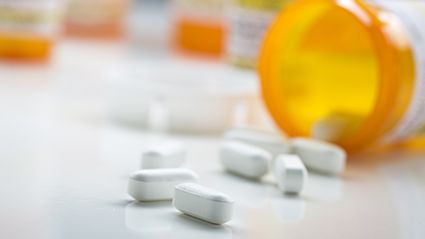WEDNESDAY, Jan. 27, 2021 (HealthDay News) — The number of adverse drug reactions (ADRs) associated with hydroxychloroquine and chloroquine more than doubled in 2020 compared with 2018 and 2019, according to a research letter published online Jan. 26 in the Annals of Internal Medicine.
Justine Perez, Pharm.D., from the Grenoble Alpes University Hospital in France, and colleagues quantified the change in number and type of reported ADRs associated with hydroxychloroquine and chloroquine since the beginning of the COVID-19 pandemic compared to 2018 and 2019.
A total of 21,305 reports of 152,201 suspected ADRs concerning chloroquine and hydroxychloroquine were extracted from the U.S. Food and Drug Administration Adverse Event Reporting System database from Jan. 1, 2018, to Sept. 30, 2020. The researchers found that in 2020, the number of reported ADRs for chloroquine and hydroxychloroquine more than doubled (11,493 and 89,607, respectively) compared with the same months in 2018 (4,681 and 25,035, respectively) and 2019 (5,131 and 37,559, respectively). In 2020, the most represented countries were Canada, the United States, France, Spain, and Italy. Overall, 97.1 percent of the ADRs reported in 2020 were considered serious compared with 73.4 and 84.8 percent in 2018 and 2019, respectively. Similarly, 5.1 percent of reported cases in 2020 were fatal compared with 3.1 and 1.9 percent in 2018 and 2019, respectively.
“The dramatic increase in reported ADRs associated with chloroquine and hydroxychloroquine during the SARS-CoV-2 pandemic raises concerns about the potential harms of widespread use of these medications in the absence of proven benefit,” the authors write.
One author disclosed financial ties to the pharmaceutical industry.
Copyright © 2020 HealthDay. All rights reserved.


